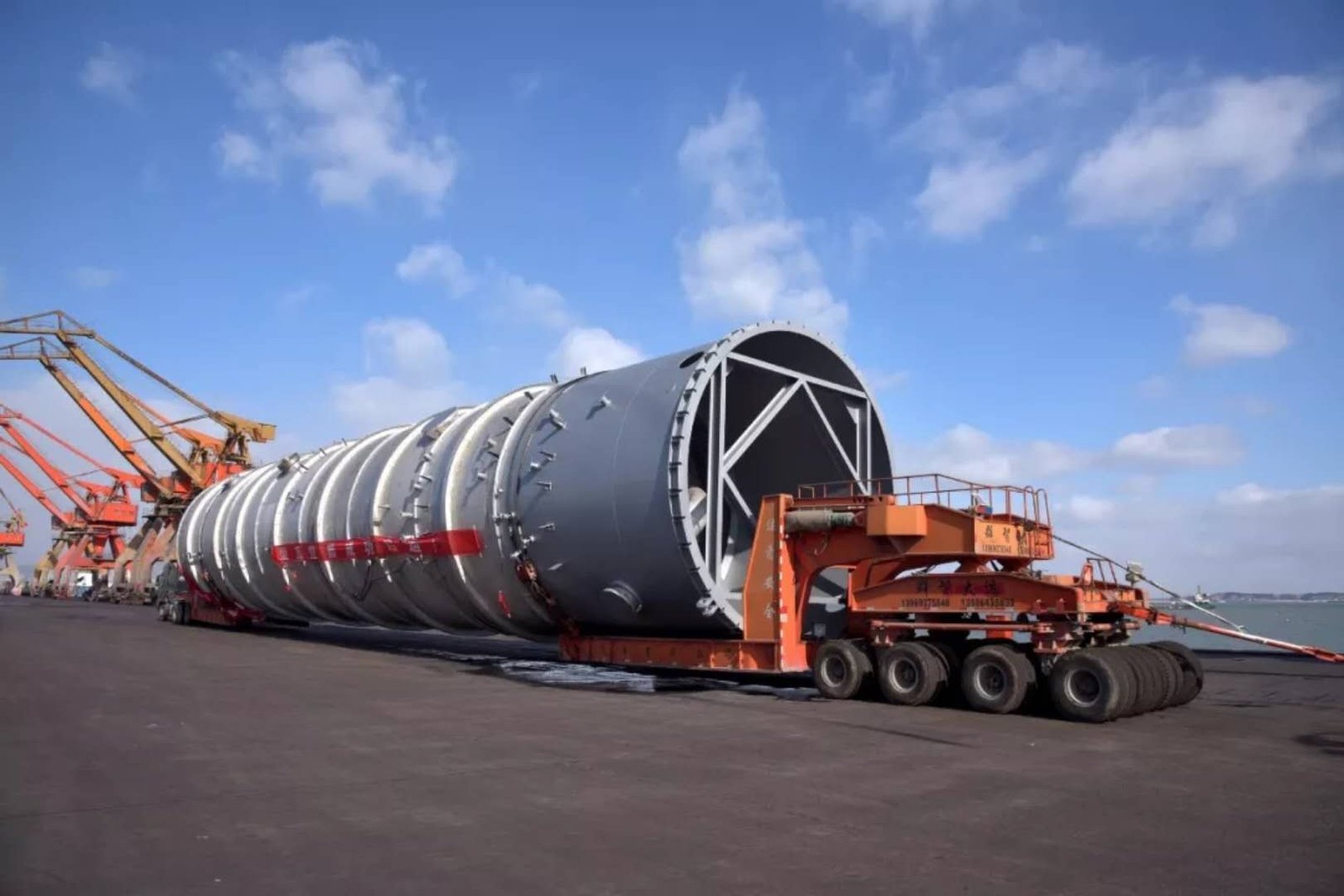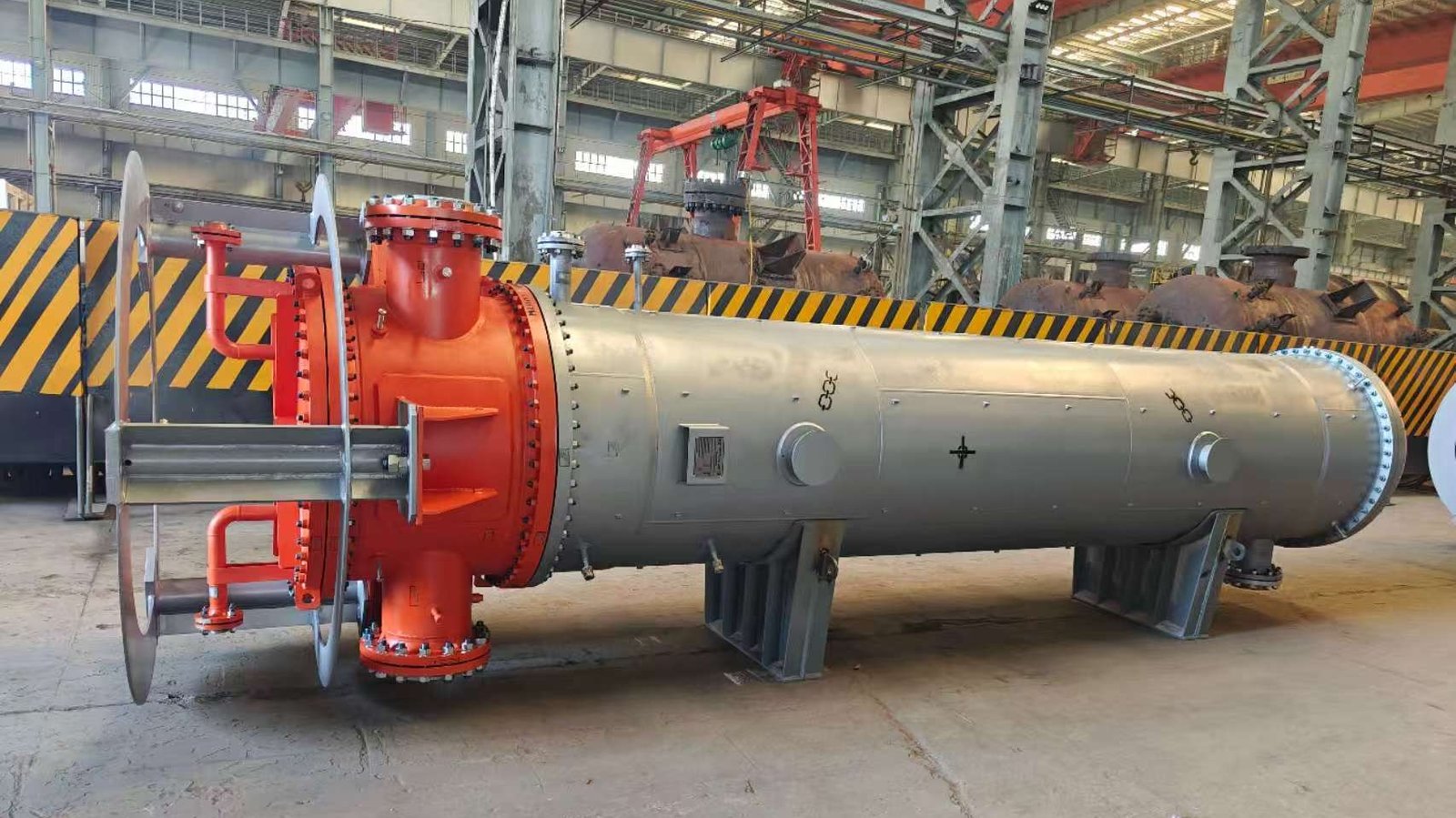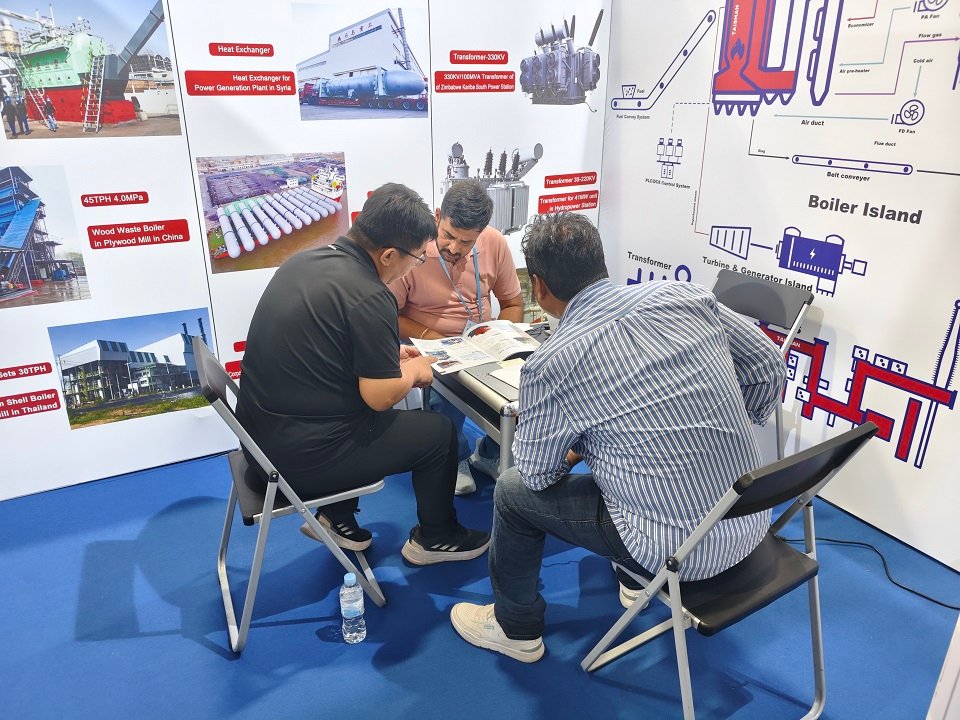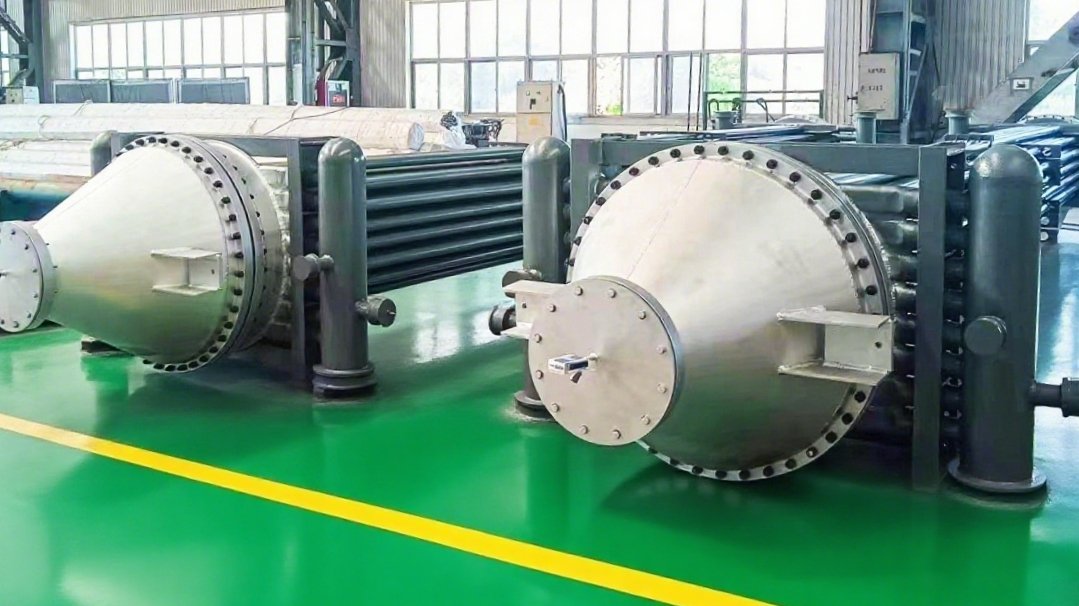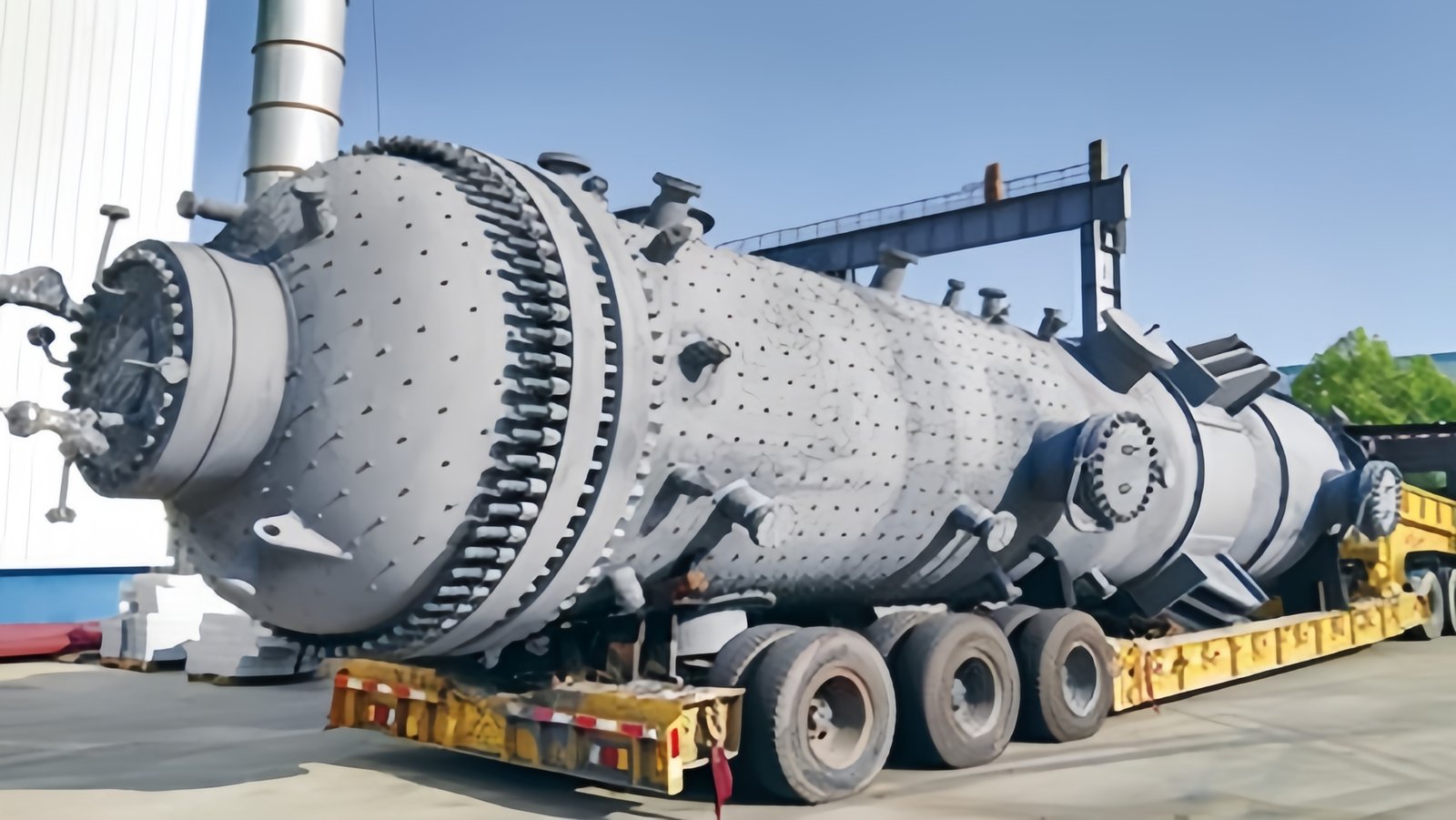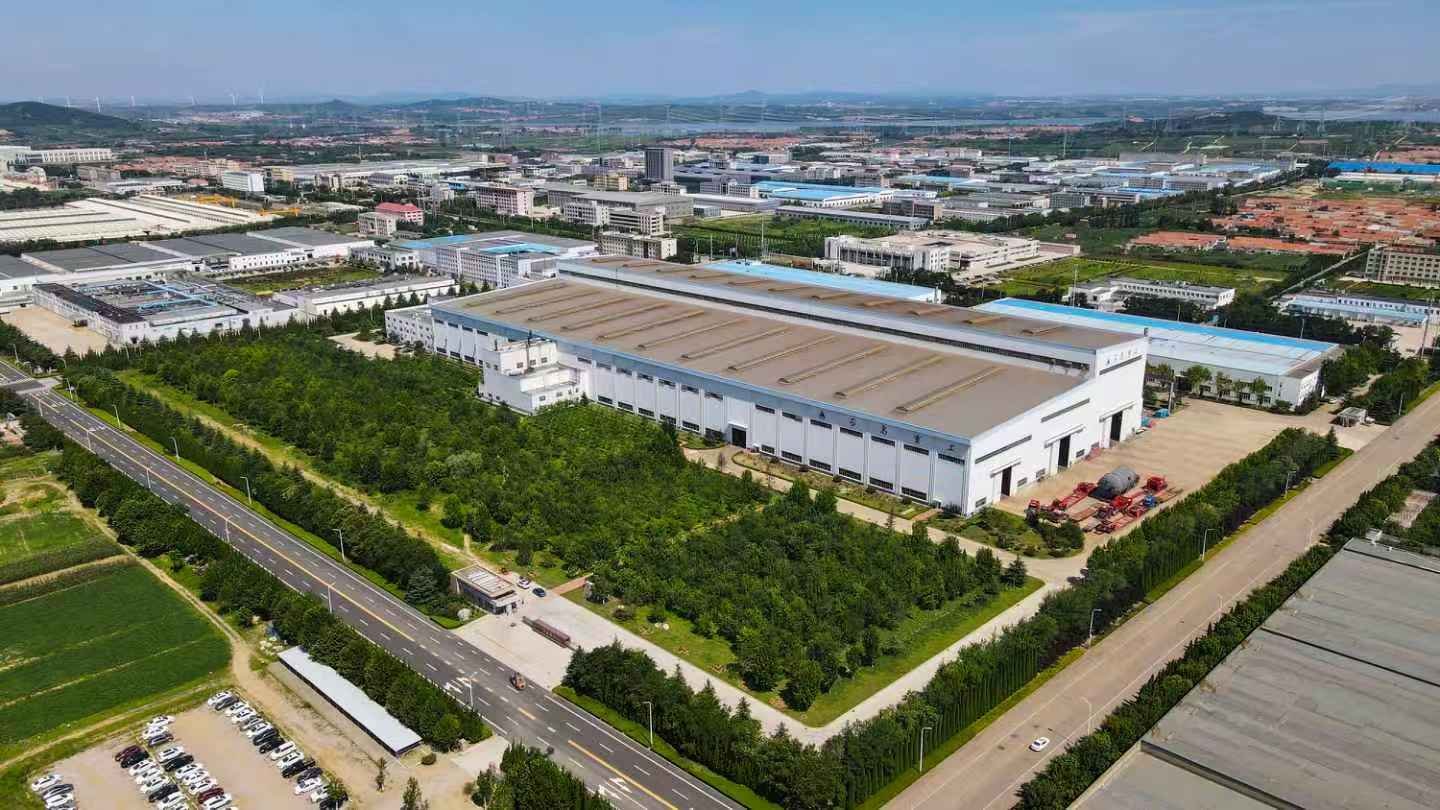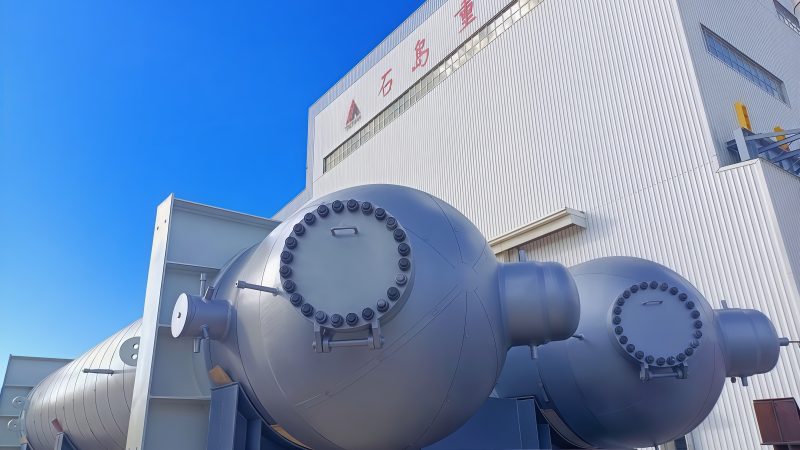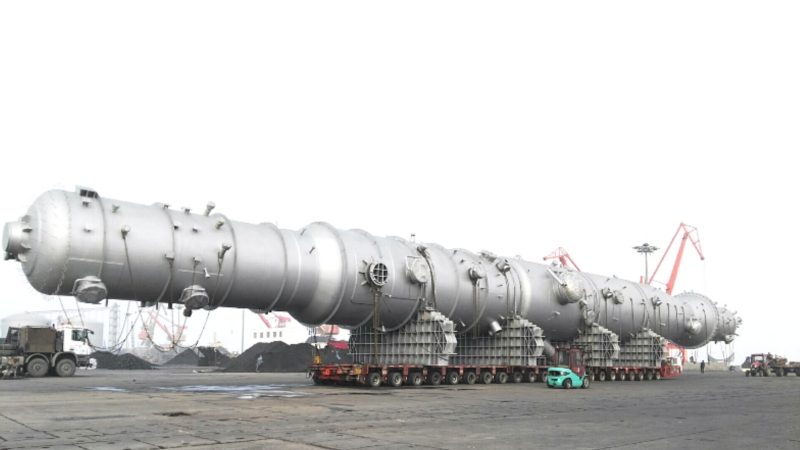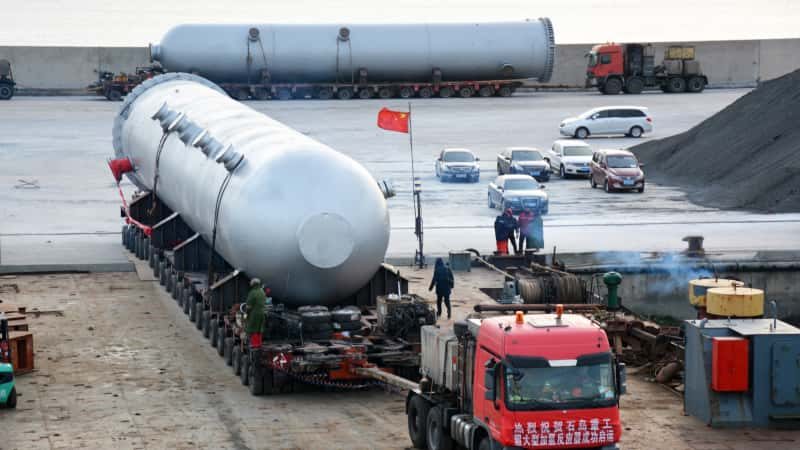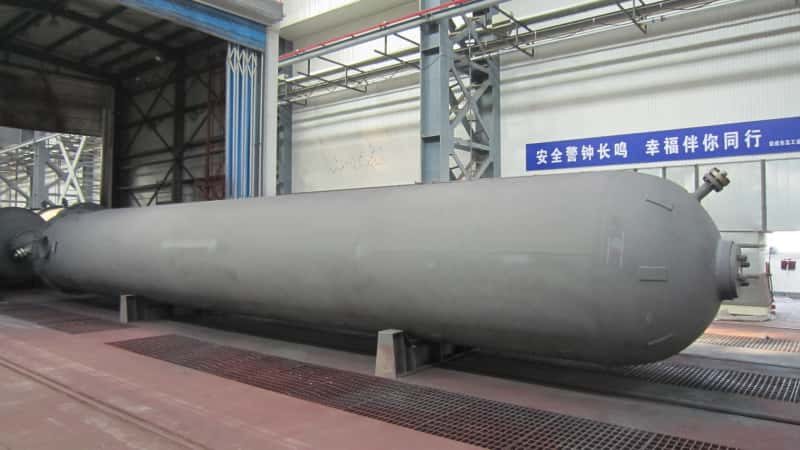Introduction
In today’s refining industry, one of the biggest challenges is how to maximize high-quality fuel yield from increasingly heavier, more sulfur-rich crude oils. Traditional catalytic cracking methods alone are insufficient, often producing high-sulfur, lower-value products. This is where the hydrocracking reactor plays a crucial role. By combining hydrogenation and cracking in one process, hydrocracking reactors enable the production of ultra-low sulfur diesel (ULSD), jet fuel, and naphtha, while also meeting strict environmental regulations.
What is a Hydrocracking Reactor?
A hydrocracking reactor is a high-pressure vessel used in refineries to convert heavy hydrocarbons into lighter, cleaner products. Operating at 100–200 bar and 350–430 °C, it uses hydrogen gas and bifunctional catalysts to simultaneously:
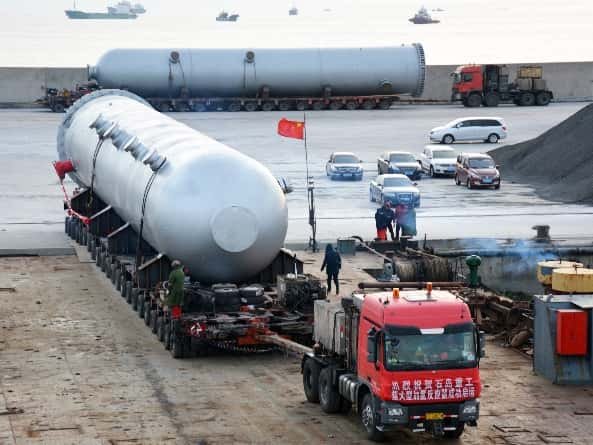 * Crack heavy molecules into smaller hydrocarbons.
* Crack heavy molecules into smaller hydrocarbons.
* Hydrogenate cracked fragments to stabilize them.
This dual-function design minimizes coke formation, removes sulfur/nitrogen, and increases refinery profitability by producing fuels that meet modern specifications.
How Does a Hydrocracking Reactor Work?
Hydrocracking begins with feed preparation (typically VGO, DAO, or CGO). Contaminants such as sulfur, nitrogen, and metals are removed in upstream hydrotreaters. The clean feed is then mixed with hydrogen and passed through multiple catalyst layers inside the reactor.
Key features include:
- Fixed-bed design with guard, main, and polishing catalyst layers.
- Quench zones between catalyst beds, injecting hydrogen to control temperature rise.
- Trickle-flow regime, where hydrogen and liquid hydrocarbons flow co-currently over catalysts.
Typical reactions inside the reactor:
- Cracking of long-chain hydrocarbons.
- Hydrogenation of olefins and aromatics.
- Desulfurization (to H₂S) and denitrogenation (to NH₃).
- Isomerization to improve diesel cold flow properties.
Feedstocks for Hydrocracking
Hydrocracking reactors are highly versatile, capable of processing a wide range of heavy feedstocks:
| Feedstock Type | Typical Use Case | Notes |
|---|---|---|
| Vacuum Gas Oil (VGO) | Main hydrocracker feed | High conversion to diesel |
| Coker Gas Oil (CGO) | Blended, more difficult to process | High sulfur, metals, CCR |
| Deasphalted Oil (DAO) | High middle distillate selectivity | Metals/asphaltenes removed |
| Straight-Run Gas Oil | Blended for cold flow improvement | Cleaner, lower sulfur |
| Residue Blends | Specialty designs with pretreatment | Higher severity required |
This flexibility allows refiners to adapt to crude availability and market demand.
Catalysts in Hydrocracking Reactors
Catalysts are the core enablers of hydrocracking. They are bifunctional, with:
- Acidic supports (silica-alumina, zeolite Y, SAPO-11) for cracking.
- Metallic sites (Ni-Mo, Ni-W, Pt) for hydrogenation.
Layering strategy in reactors:
- Guard bed – traps impurities.
- Main catalyst – performs bulk cracking and hydrogenation.
- Polishing catalyst – fine-tunes product quality (e.g., cold flow of diesel).
Catalyst cycles typically last 2–5 years, depending on feed quality and hydrogen purity.
Operating Conditions and Their Impact
Operating parameters strongly influence conversion, selectivity, and product quality.
| Parameter | Effect on Products |
|---|---|
| Temperature | Higher → more naphtha/LPG, lower diesel selectivity |
| Pressure | Higher → better hydrogenation, lower sulfur, longer catalyst life |
| Hydrogen-to-Oil | Higher → cleaner products, but higher energy cost |
| LHSV | Lower → higher conversion, but more light ends |
Note: Ranges are illustrative; actual values depend on feed quality, catalyst system, and design.
Hydrocracking vs Fluid Catalytic Cracking (FCC)
| Feature | Hydrocracking | FCC |
|---|---|---|
| Main Products | Diesel, jet, naphtha | Gasoline, LPG, light olefins |
| Operating Pressure | 100–200 bar | 1–3 bar |
| Catalyst | Bifunctional (metal + acid) | Acidic zeolite only |
| Coke Formation | Minimal | High |
| Product Sulfur | <10 ppm achievable | Higher, needs post-treatment |
| Flexibility | Tunable (diesel/jet/naphtha) | Gasoline-focused |
Takeaway: FCC is valuable for gasoline, but hydrocracking excels in producing clean middle distillates and meeting modern environmental standards.
How Reactor Design Improves Profitability and Flexibility
Smart design choices make hydrocracking not just efficient but also profitable:
- Single vs Two-Stage Design:
Two-stage systems improve selectivity, lower hydrogen use, and extend catalyst life. Catalyst Grading:
Proper layering reduces costs, improves diesel cetane, and enhances jet fuel properties.Feed Flexibility:
Units designed for VGO, DAO, and CGO blends give refiners supply chain agility.Temperature Control:
Quench systems ensure stable operations, preventing runaway reactions.
Result: higher yields, longer run length, and reduced OPEX.
Conclusion
Hydrocracking reactors are the strategic heart of modern refineries. They convert heavy feedstocks into clean, high-value fuels while ensuring compliance with global emission standards. By optimizing design, catalysts, and operating conditions, refiners can:
- Maximize diesel and jet fuel yields.
- Extend catalyst cycles and reduce costs.
- Increase flexibility to handle variable crudes.
- Improve profitability and competitiveness.
FAQ
Q1: What is a hydrocracking reactor?
A hydrocracking reactor is a high-pressure vessel that uses hydrogen and catalysts to convert heavy oil into lighter, cleaner fuels such as diesel, jet fuel, and naphtha.
Q2: Which feedstocks can hydrocrackers process?
They handle VGO, DAO, CGO, straight-run gas oils, and residue blends—depending on design and pretreatment.
Q3: Why are catalysts important?
Catalysts enable both cracking and hydrogenation, ensuring high conversion, clean fuels, and minimal coke formation.
Q4: How does hydrocracking differ from FCC?
FCC targets gasoline and produces higher-sulfur products; hydrocracking focuses on diesel/jet with ultra-low sulfur levels.
Q5: How does design improve profitability?
Two-stage systems, catalyst layering, and flexible feed designs enhance product selectivity, reduce hydrogen costs, and extend catalyst life.
Call to Action
👉 Looking to upgrade your refinery operations?
Contact us for expert guidance on hydrocracking reactor design, catalysts, and integration solutions to maximize your fuel yield and profitability.

